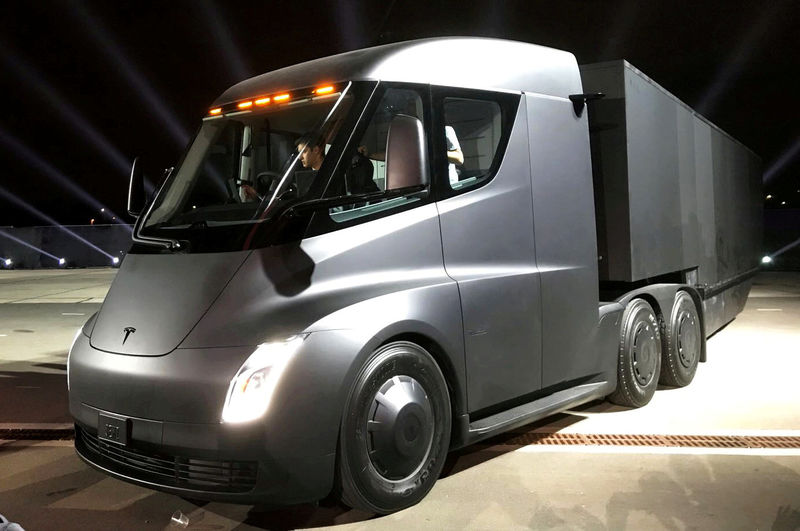This post was originally published on this site

(Reuters) – The first all-private astronaut team ever sent to the International Space Station (ISS) was due to depart the orbiting outpost on Sunday for a flight back to Earth, capping a two-week science mission hailed as a milestone in commercial spaceflight.
The SpaceX Crew Dragon capsule carrying the four-man team of Houston-based startup company Axiom Space was scheduled to undock from the ISS, orbiting 250 miles (420 km) above Earth, at about 9 p.m. EDT (0100 GMT Monday) to embark on a 16-hour return descent.
If all goes according to plan, the spacecraft will parachute into the Atlantic off the coast of Florida on Monday at about 1 p.m. EDT (1700 GMT).
The flight home was postponed for several days due to unfavorable weather conditions at the splashdown zone, extending the Axiom crew’s stay in orbit well beyond its original departure date early last week.
The multinational team was led by Spanish-born retired NASA astronaut Michael Lopez-Alegria, 63, Axiom’s vice president for business development. His second-in-command was Larry Connor, 72, a technology entrepreneur and aerobatics aviator from Ohio designated as the mission pilot.
Rounding out the Ax-1 crew were investor-philanthropist and former Israeli fighter pilot Eytan Stibbe, 64, and Canadian businessman and philanthropist Mark Pathy, 52, both serving as mission specialists.
Launched from NASA’s Kennedy Space Center on April 8, they spent two weeks aboard ISS with the seven regular, government-paid crew of the space station: three American astronauts, a German astronaut and three Russian cosmonauts.
The Axiom quartet became the first all-commercial astronaut team ever launched to the space station, bringing with them equipment for two dozen science experiments, biomedical research and technology demonstrations to conduct in orbit.
Axiom NASA and SpaceX have touted the mission as a turning point in the expansion of privately funded space-based commerce, constituting what industry insiders call the “low-Earth orbit economy,” or “LEO economy” for short.
“This really begins a new era of human spaceflight, where people other than just government astronauts, who are obviously very professionally trained and prepared, can come up (into orbit) with a little bit less training but still able to function in this very unique and sometimes challenging environment,” Lopez-Alegria said in brief remarks streamed live by NASA last week from the ISS.
Ax-1 marks the sixth human spaceflight SpaceX has launched in nearly two years, following four NASA astronaut missions to the ISS, plus the Inspiration 4 flight in September that sent an all-civilian crew into Earth orbit for the first time, though not to the space station.
SpaceX, the private rocket company founded by Tesla (NASDAQ:TSLA) Inc electric carmaker CEO Elon Musk, has been contracted to fly three more Axiom astronaut missions to the ISS over the next two years. The price tag for such outings remains high.
Axiom charges customers $50 million to $60 million per seat, according to Mo Islam, head of research for the investment firm Republic Capital, which holds stakes in both Axiom and SpaceX.
Axiom also was selected by NASA in 2020 to build a new commercial addition to the space station, which a U.S.-Russian-led consortium of 15 countries has operated for more than two decades. Plans call for the Axiom segment to eventually replace the ISS when the rest of the space station is retired around 2030.



